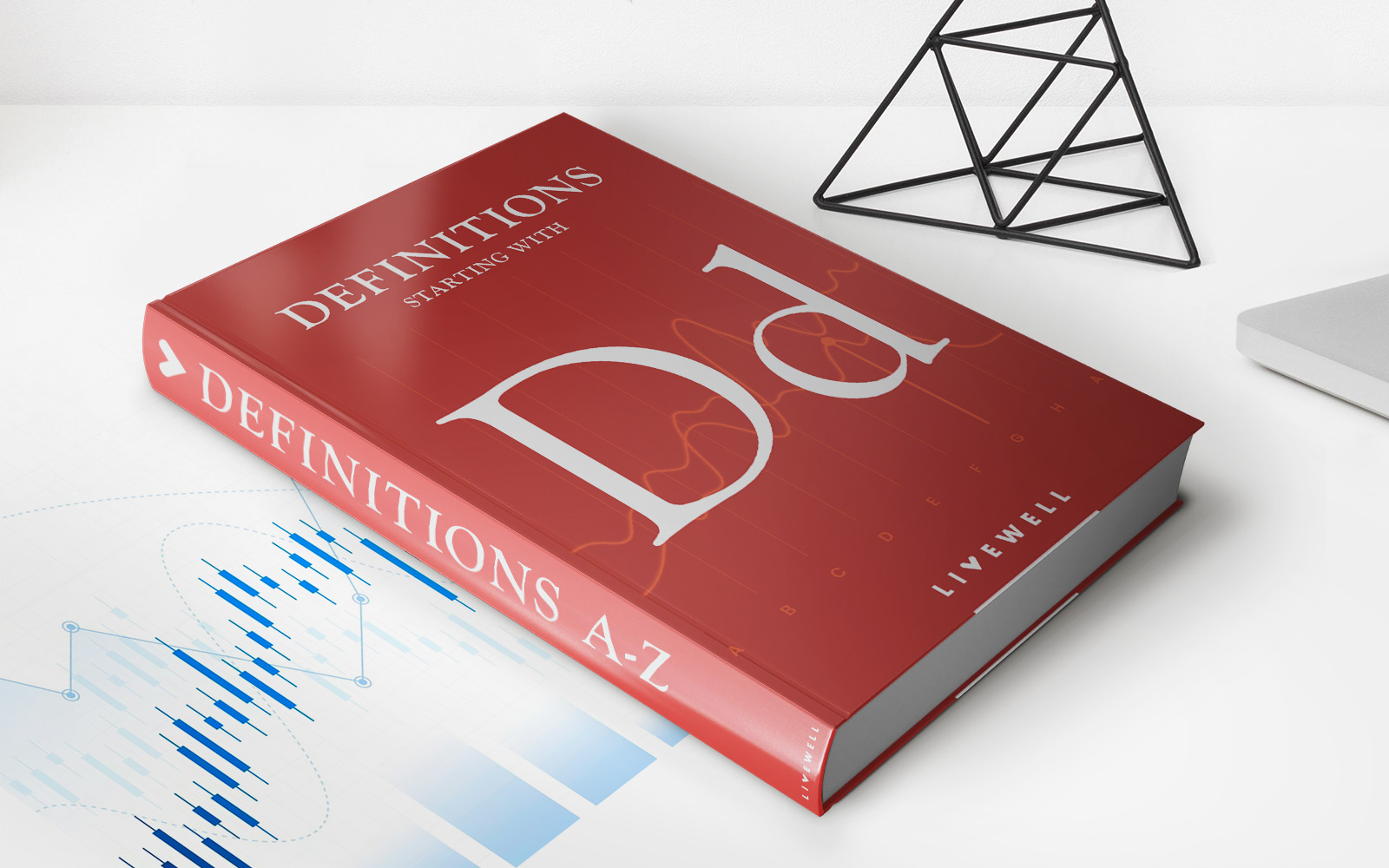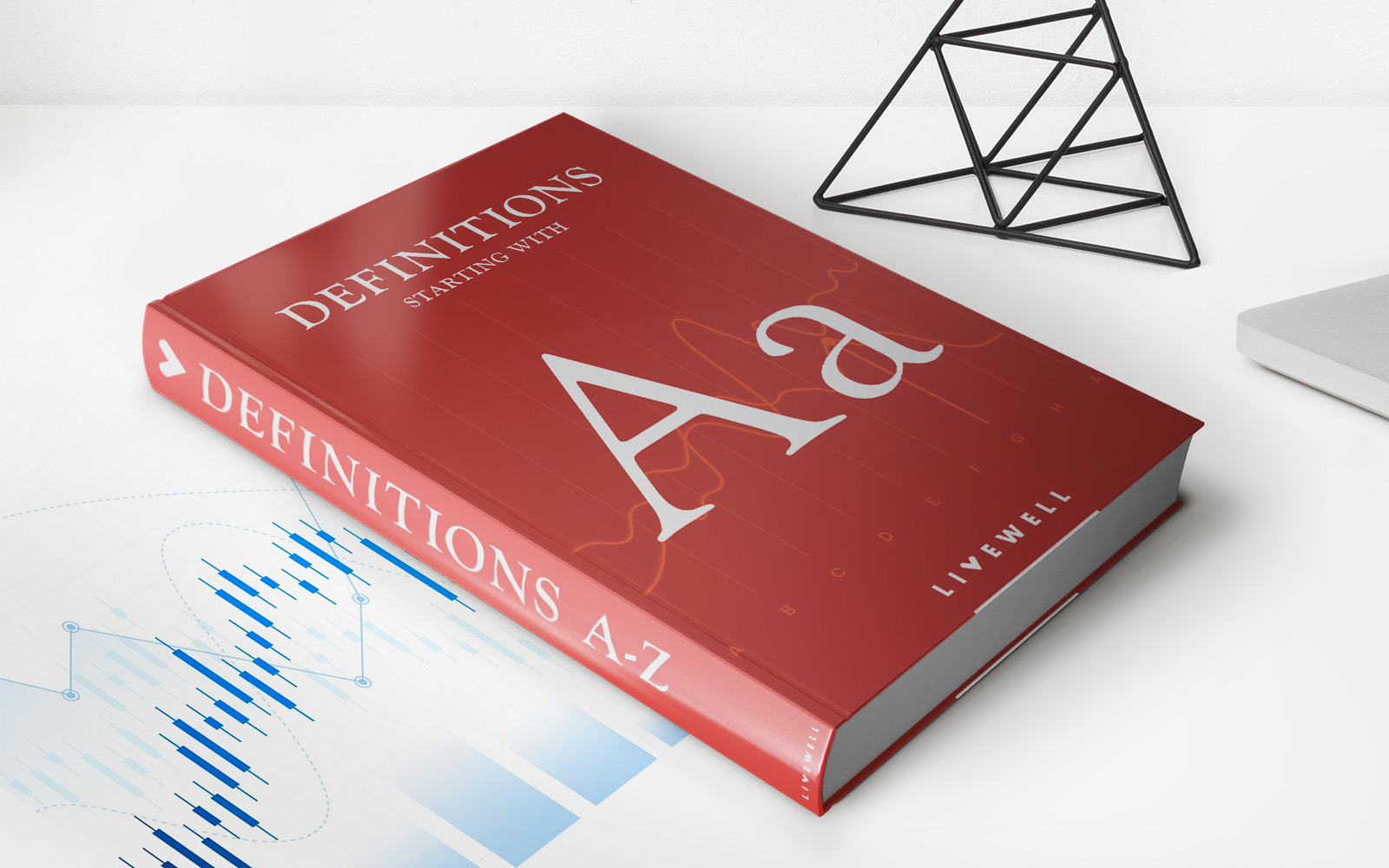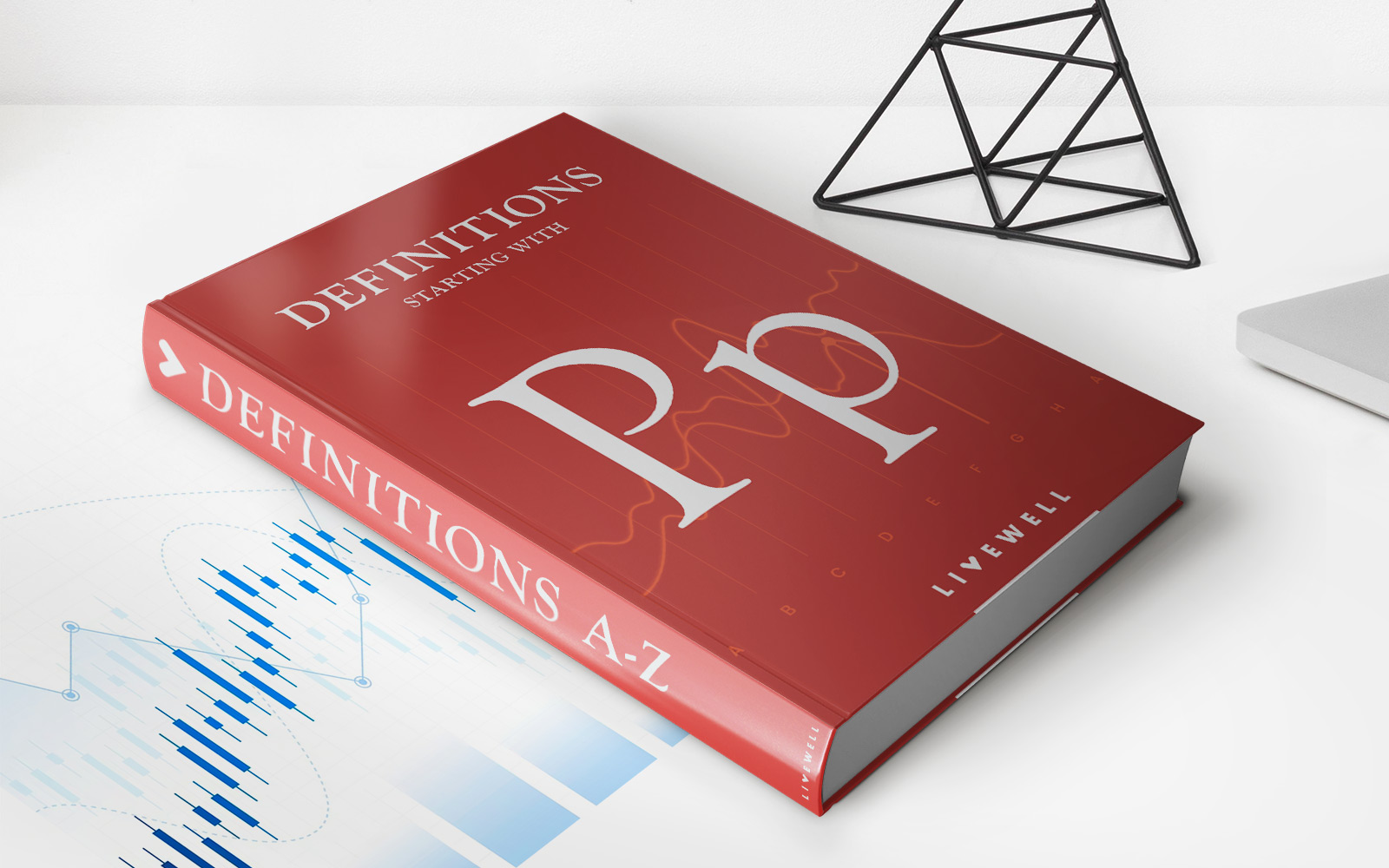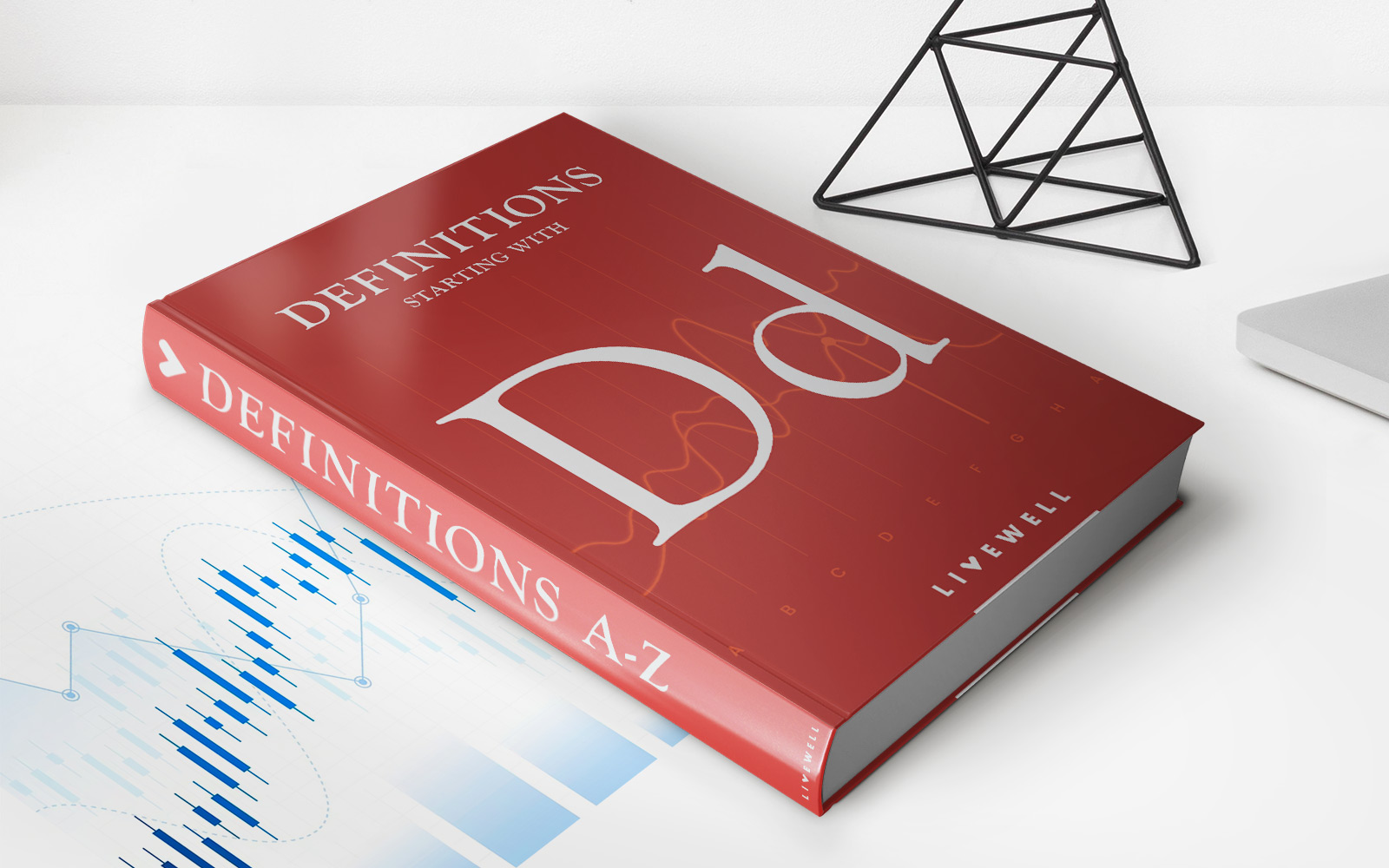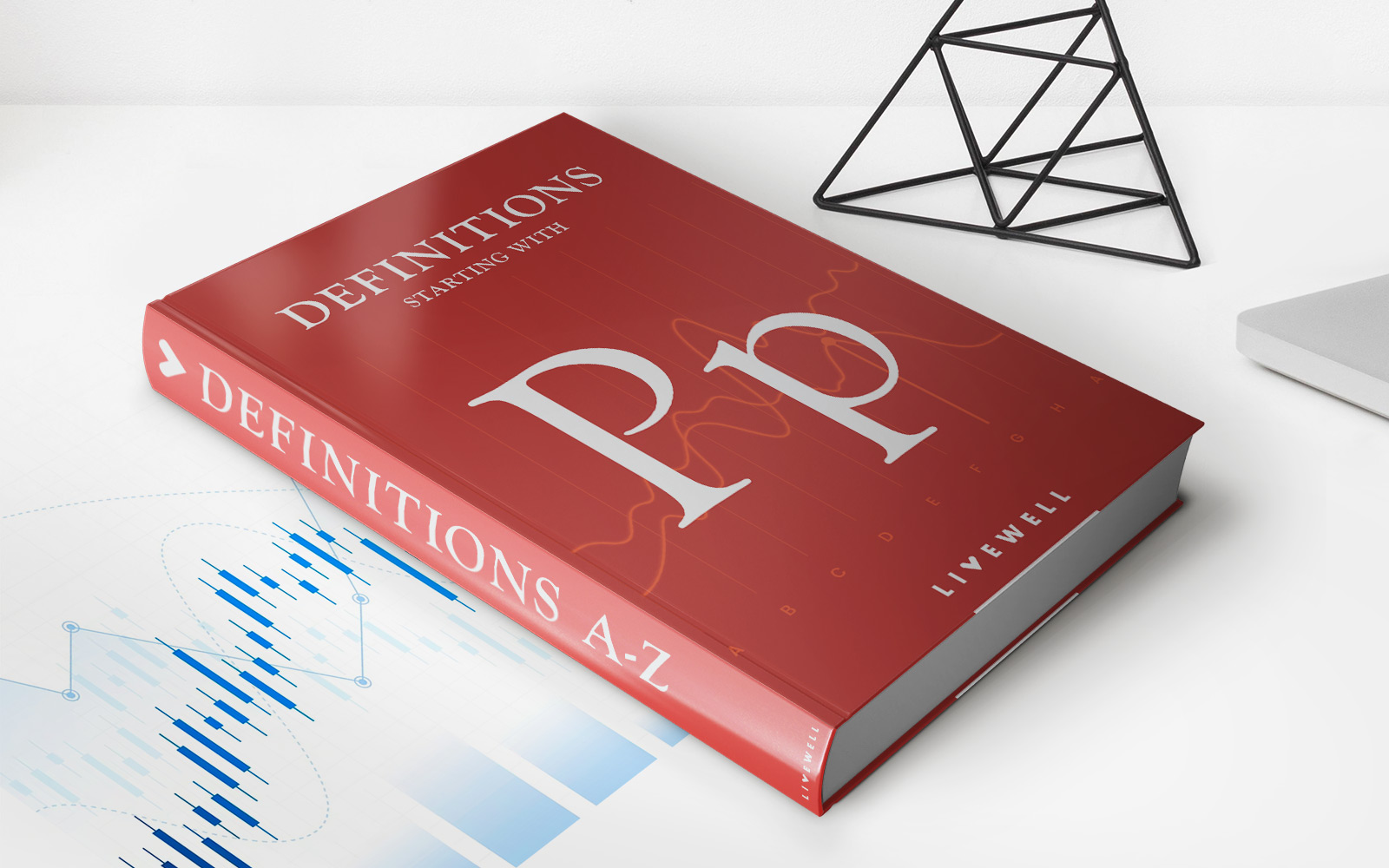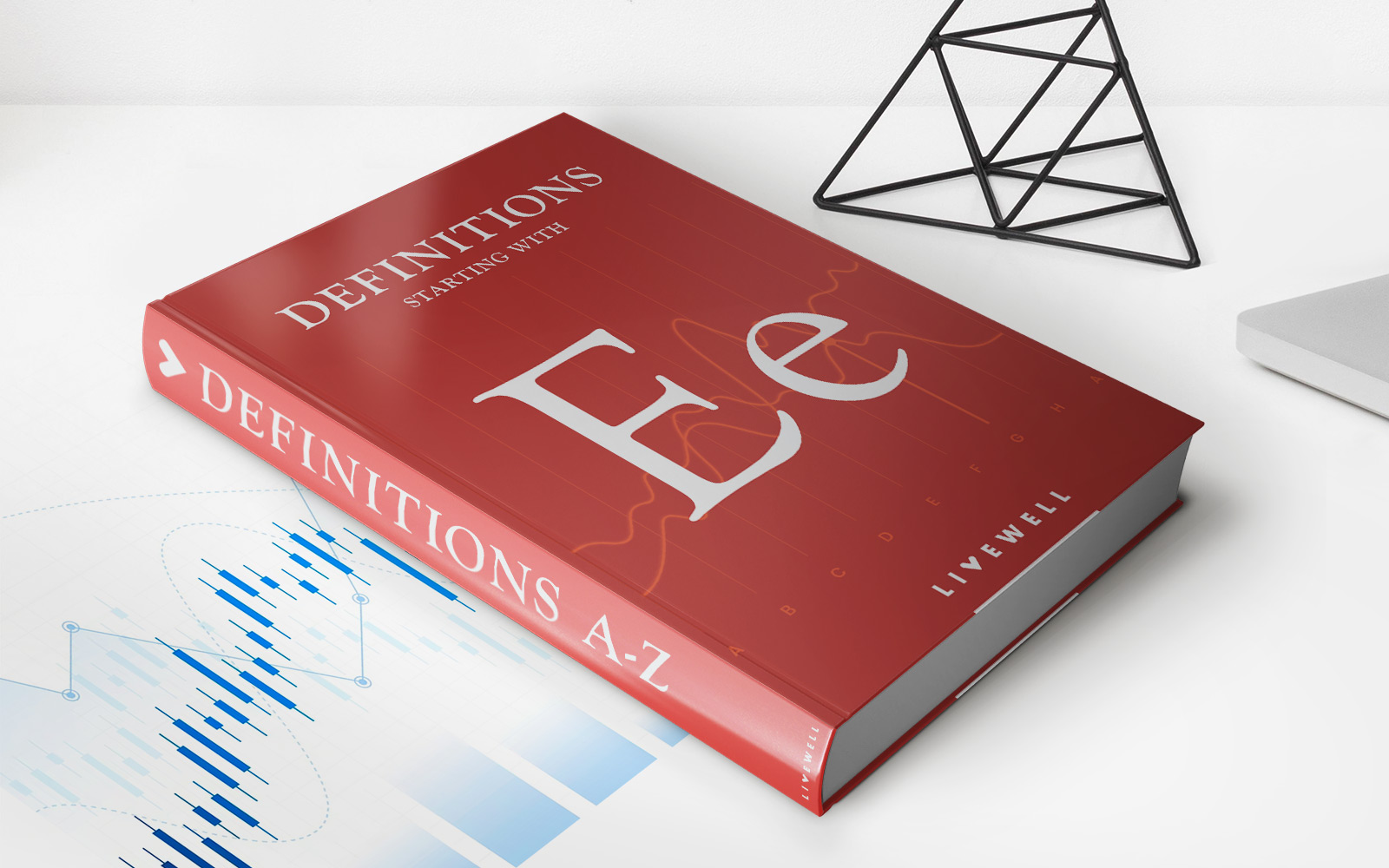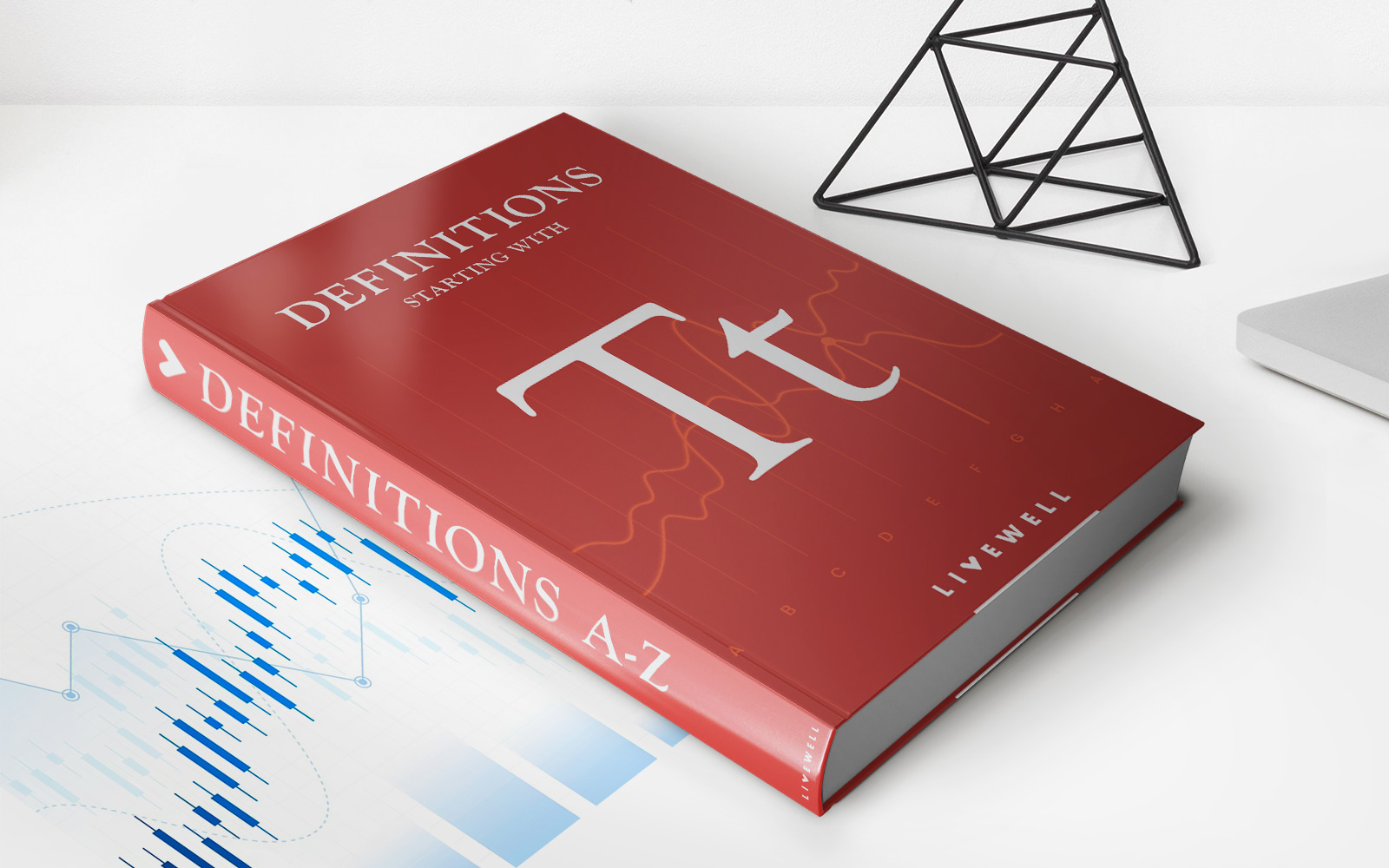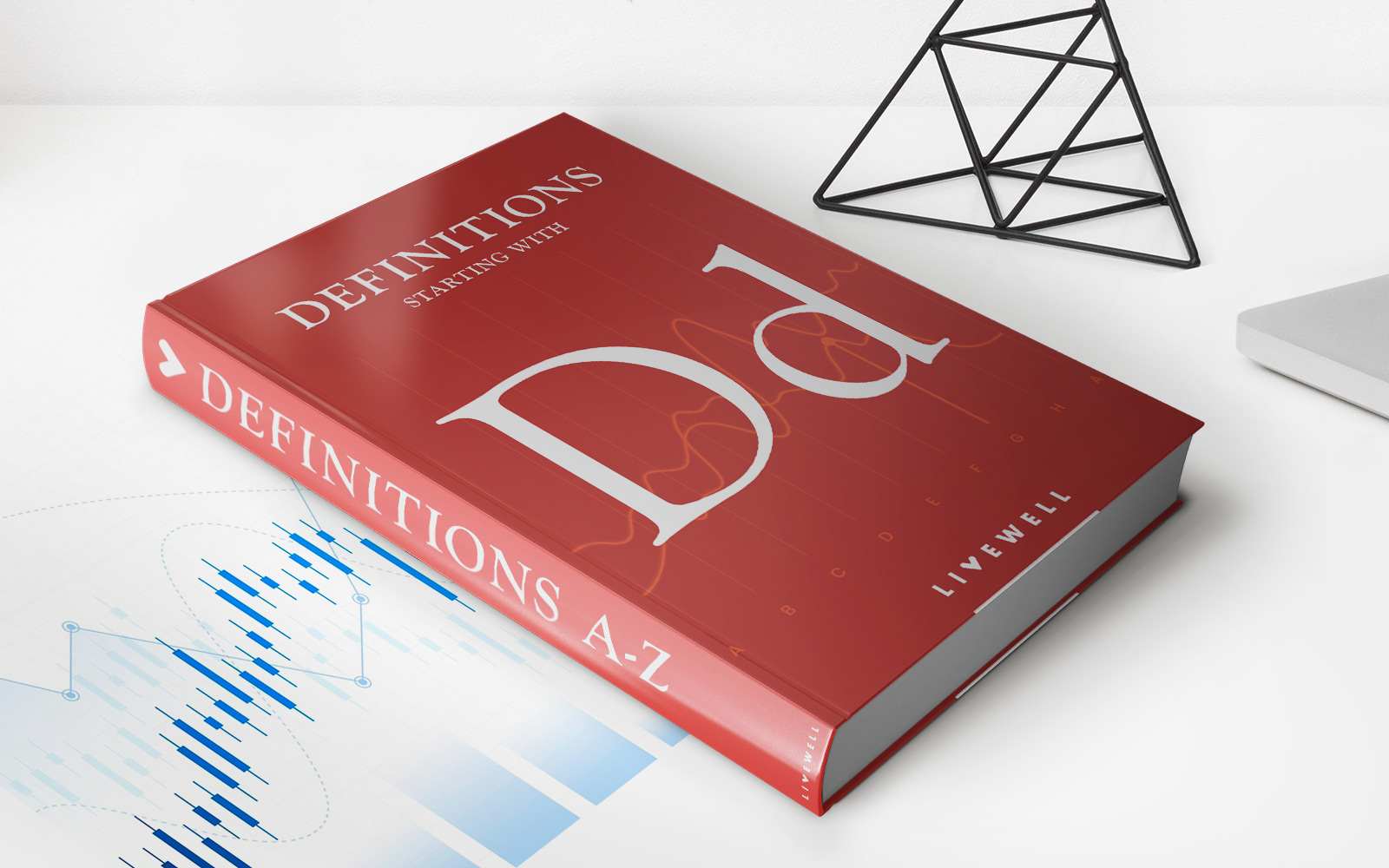Home>Finance>Modified Dietz Method: Definition And How It’s Used In Investing
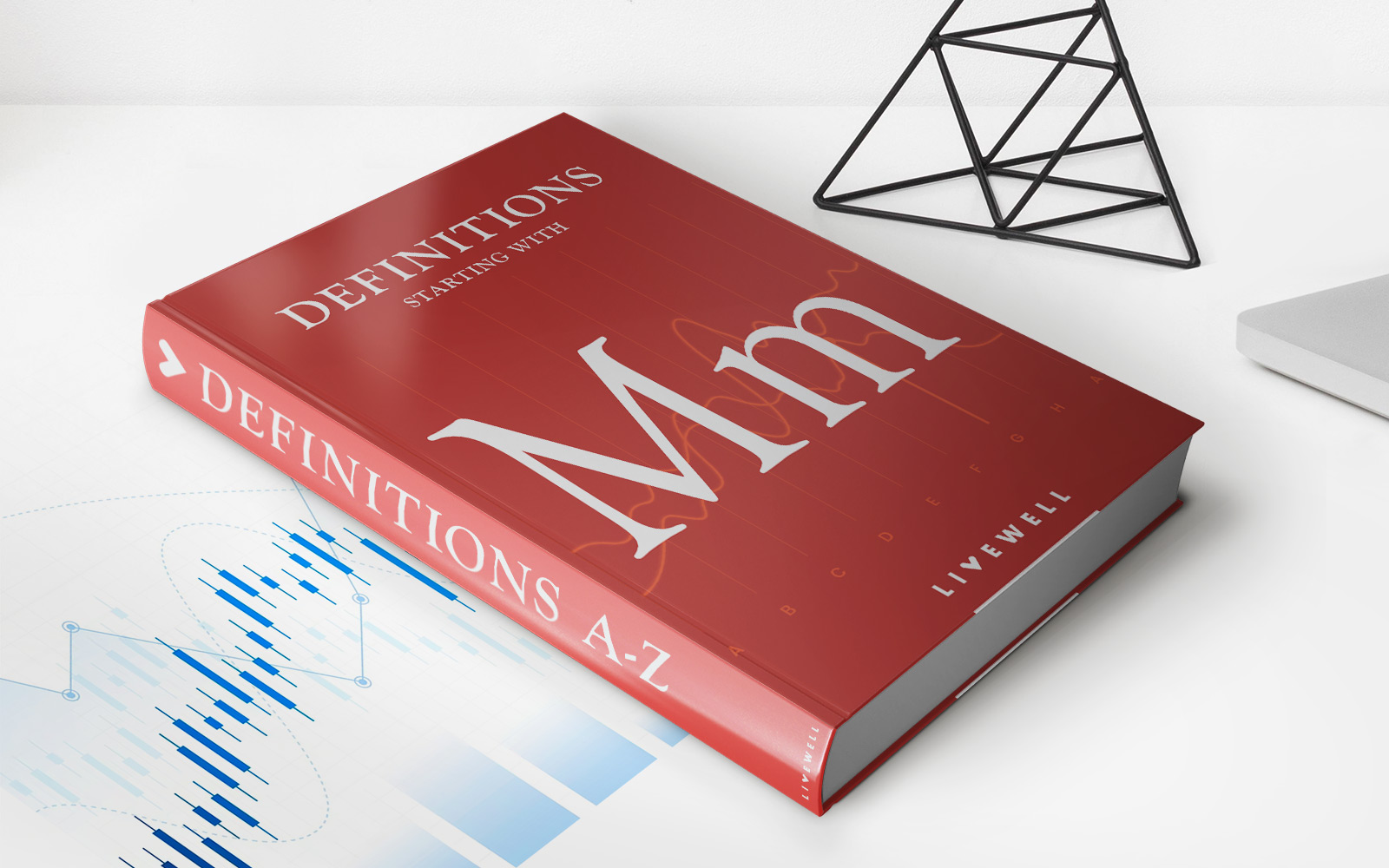

Finance
Modified Dietz Method: Definition And How It’s Used In Investing
Published: December 26, 2023
Learn about the Modified Dietz Method, a finance concept used in investing. Understand its definition and how it's applied to optimize investment portfolios.
(Many of the links in this article redirect to a specific reviewed product. Your purchase of these products through affiliate links helps to generate commission for LiveWell, at no extra cost. Learn more)
The Modified Dietz Method: A Powerful Tool for Investors
When it comes to investing, understanding and analyzing returns is crucial. One popular method that investors use to calculate and evaluate investment performance is the Modified Dietz Method. In this article, we’ll explore the definition of the Modified Dietz Method and dive into how it can be used effectively in investing strategies.
Key Takeaways:
- The Modified Dietz Method is a formula used to calculate investment returns, taking into account the timing and magnitude of cash flows.
- By using the Modified Dietz Method, investors can accurately measure the performance of their investments, even when there are significant cash inflows or outflows.
Investors often face challenges calculating returns on investments, especially when there are cash flows within the investment period. The Modified Dietz Method addresses this challenge by providing a more accurate calculation that takes into account the timing and magnitude of cash flows. This method is particularly useful for investors who regularly contribute or withdraw funds from their investment portfolio.
So, how does the Modified Dietz Method work? It’s actually quite straightforward. The formula is derived by dividing the weighted sum of individual period returns by the weighted sum of the investment’s value during the same period. This calculation gives investors a measure of the investment’s compound growth rate over a specified period of time, considering both the timing and size of cash flows.
One of the advantages of the Modified Dietz Method is its simplicity. Unlike more complex methods such as the Internal Rate of Return (IRR), the Modified Dietz Method can be easily calculated using spreadsheet software or financial calculators. It provides a quick and accurate way to evaluate investment performance, especially in situations where there are multiple cash flows throughout the investment period.
Investors can leverage the Modified Dietz Method in several ways to enhance their investment strategies:
- Monitoring Portfolio Performance: By using the Modified Dietz Method, investors can track the performance of their portfolio accurately, even in the presence of cash flows. This allows them to make informed decisions on whether to reallocate funds or adjust their investment strategy.
- Evaluating Investment Managers: Investment managers often have a benchmark against which their performance is measured. The Modified Dietz Method provides a reliable way to compare the returns generated by an investment manager with the established benchmark, giving investors insight into their manager’s abilities.
- Analyzing Asset Allocation: The Modified Dietz Method enables investors to assess the impact of different asset allocation strategies on their overall portfolio performance. By allocating funds across various assets, investors can optimize their returns while managing risks effectively.
Overall, the Modified Dietz Method proves to be an essential tool for investors in evaluating and monitoring their investments. Its ability to account for cash flows within the investment period makes it a valuable resource for accurate performance measurement. Whether you’re an individual investor or managing a large portfolio, understanding the nuances of the Modified Dietz Method can significantly enhance your investment decision-making process.
So, the next time you evaluate your investment performance, consider employing the Modified Dietz Method to gain a clearer picture of your portfolio’s growth and make more informed decisions for your financial future.

